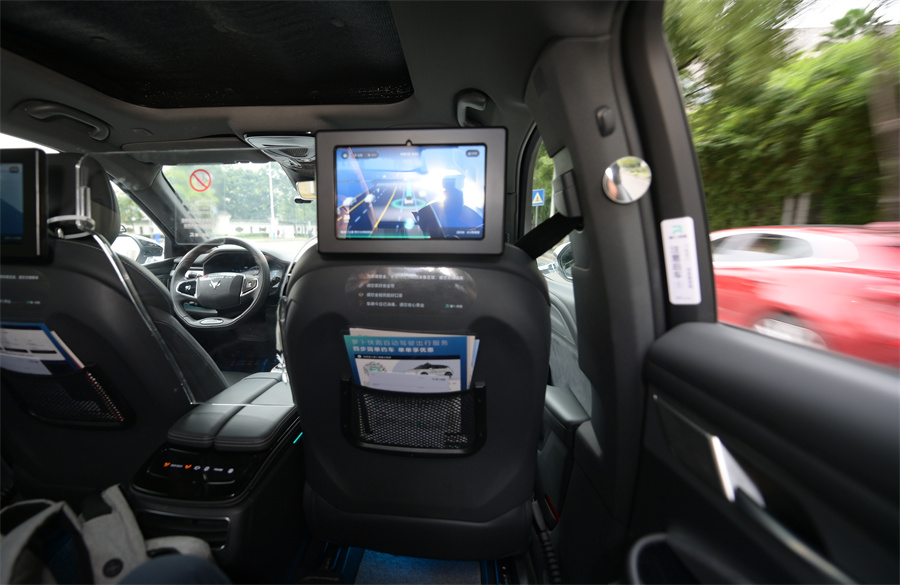Robotaxis — arriving at a future near you
Autonomous vehicles grow in popularity despite concerns over safety, reliability


Self-driving vehicles are navigating from science fiction movies to the streets of large Chinese cities, overcoming obstacles and uncertainty as they enter everyday use.
The fast-evolving technology first made headlines in China almost a decade ago. In 2015, Swedish carmaker Volvo organized a test of its hands-free vehicles traveling at 70 kilometers per hour on Beijing's Sixth Ring Road.
Chinese technology giant Baidu set up its intelligent driving group in 2017, unveiling its Apollo autonomous driving plan the same year. Pony.ai, founded by former Baidu engineers, established its first autonomous driving research and development center in 2016.
By late February, more than 20 cities had put in place policies supporting autonomous driving tests, issuing licenses to over 60 companies.
Progress had been generally going smoothly until July, when a short video went viral on social media of one of Baidu's Apollo Go driverless vehicles hitting a scooter in Wuhan, capital of Hubei province.
Baidu was quick to explain that the accident was because the scooter driver had run a red light when the driverless vehicle started to move.
Despite the accident being a minor one, as shown in the footage, it ignited complaints from local drivers and residents.
Apollo Go's Chinese name is Luobo Kuaipao, which literally means "robots run fast". But in Wuhan they are called "dumb robots", as more footage emerged showing their mishaps.
One driverless vehicle is seen stopping on the road in front of an empty plastic bag, causing a traffic jam. In another video, two vehicles are seen braking to face each other, and not knowing what to do next.


















